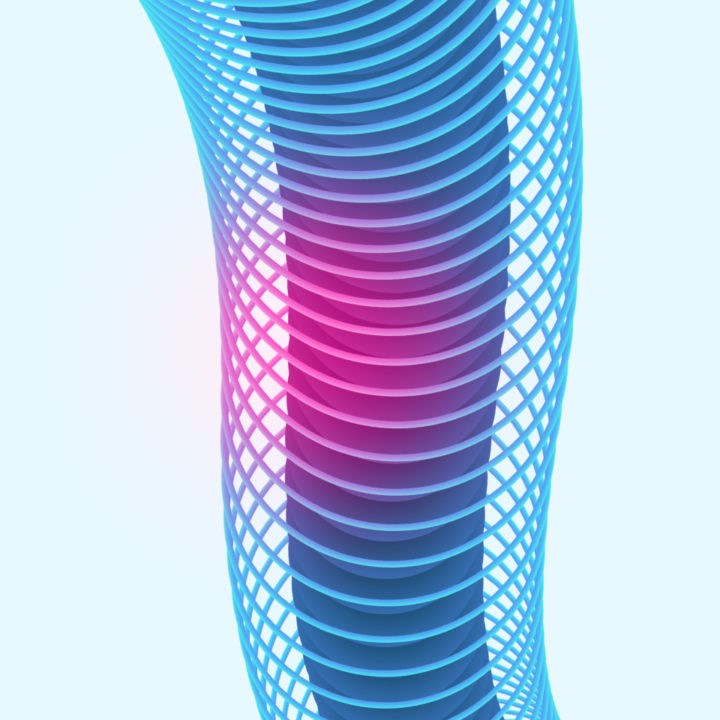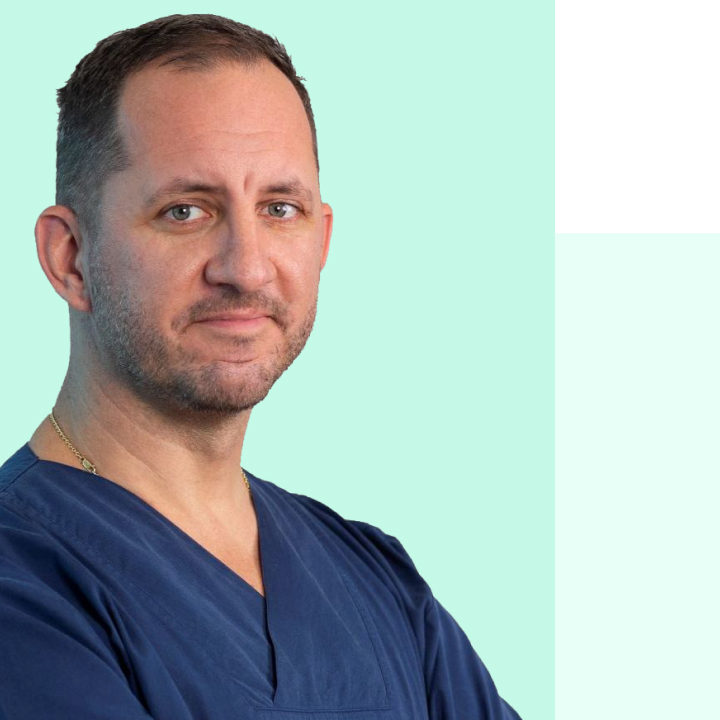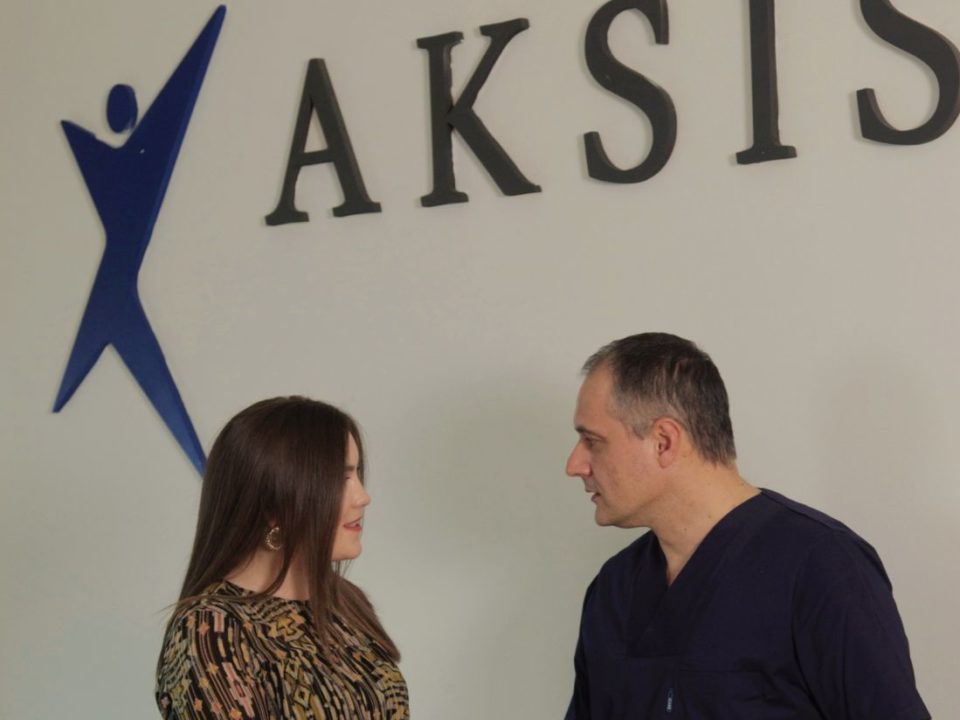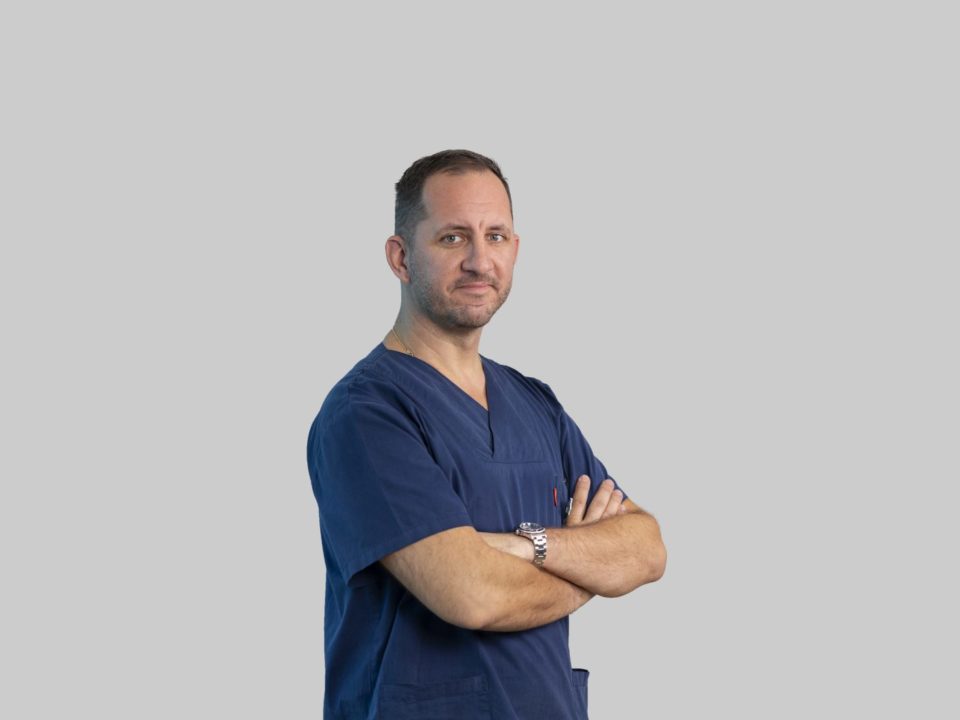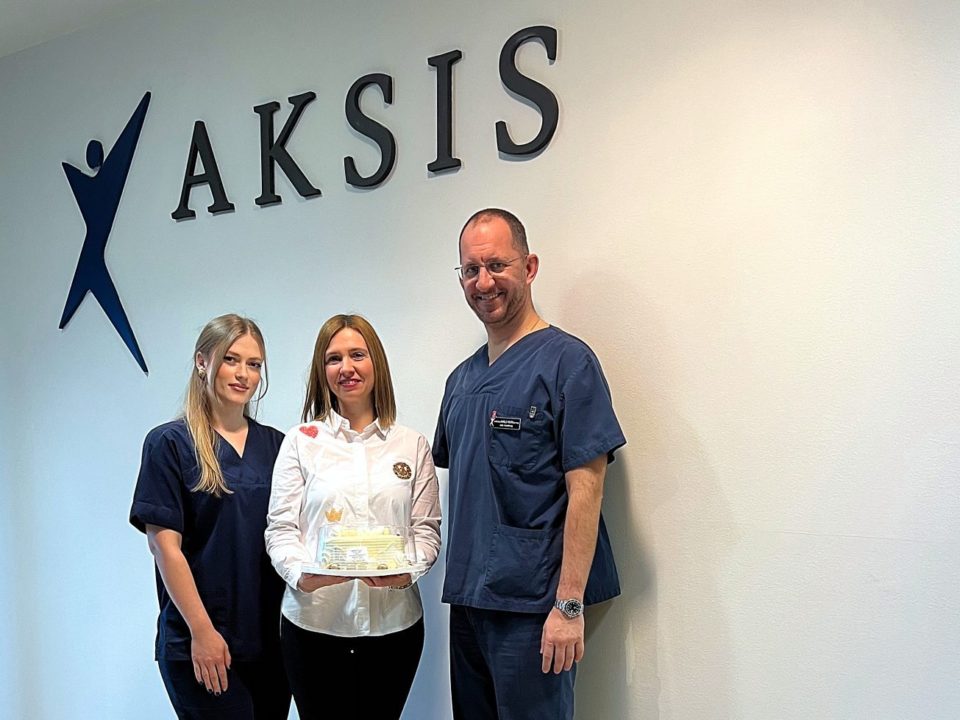Your health, our mission – lean on AKSIS!
Do you have an inquiry or want to schedule an appointment? Feel free to contact us!
Our Team of Experts
Meet the leaders of our top-notch team of physicians.
Patient Testimonials
What do our patients have to say about their AKSIS experience?
News
Read the latest news, tips, and opinions from our experts!
